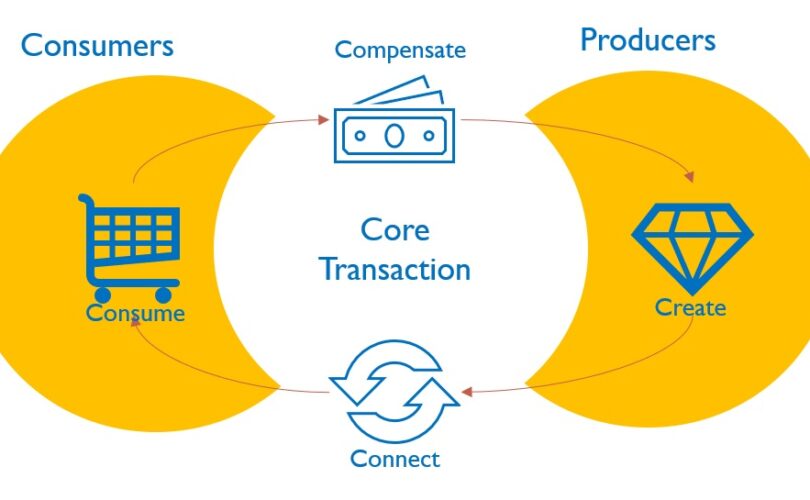Lighting is the most important element in every space. Lighting is the key to setting the mood. It affects our perception of texture and color. It also influences the quality of life and overall well-being.
Layered lighting is a mix of accent, ambient and task lighting techniques which work in concert to light an area. It’s also a fantastic way to showcase architectural features such as intricate ceilings or chic archways.
Importance
Lighting is one of the most essential elements in interior design, yet it’s often ignored. It defines the mood, evokes ambiance and emphasizes important elements and objects. Lighting is more than just flicking a switch. It requires careful planning to make sure that the lighting fixtures, the lighting levels and the placement of the lights are all in harmony with the purpose and design.
From the bright light that energizes desks at work to foster productivity and focus and focus, to the warm, comfortable light that envelops living spaces, lighting has an enormous impact on the way we experience and view the space. Lighting is an effective visual storytelling tool, combining aesthetics with functionality to transform an area into a magical experience.
A good lighting plan is composed of layers: task, ambient, and accent. Layering lights is a method which can bring out the best features of the room by bringing attention to certain surfaces and creating optical illusions. It is possible to, for instance, use uplights on architectural details like ceiling cornices and wall tiles. Downlights create a soft light at the end of an hallway or stairwell. Architectural lighting outdoors can frame a view, and give an outdoor living space or porch an extra dimension by highlighting shrubs and trees. It can also add an air of security and security by installing lighting in front yards or lighting up entranceways with floodlights.
Types
Lighting is a key aspect in interior design that can transform spaces from bland and boring to inviting and welcoming. Lighting can also alter our perception of the design and architecture. It is essential to understand the different types of lighting options available so you can make the best choices for your space.
Interior design employs three kinds of lighting: ambient, accent and task. Ambient lighting provides the general illumination that defines the overall atmosphere of a space and permits basic tasks to be carried out. Task lighting is focused and can be utilized to draw attention to specific objects or activities such as reading or cooking. Accent lighting can be used to emphasize specific architectural features, artwork or other elements in the space. It adds visual excitement and dramatic.
While task lighting is essential for everyday functions however, it’s equally important to have an efficient ambient lighting scheme that can provide different shades of light. There are a variety of techniques that are used to achieve this effect, including lighting, wall washing and grassing.
Furthermore, directional lighting could be used to guide people to specific areas of an area. This is especially useful in public places, like museums or cinemas, as directional lighting helps users navigate around the room.
How does it impact mood
Lighting is among the most effective tools professional designers employ to alter a room’s mood. Lighting can create a variety of moods such as the bright light in offices that boosts creativity and productivity as well as the calm light that fills the living space with warmth and warmth.
It is essential to take into consideration the lighting style that is used in a space to create a mood. For offices for instance, direct overhead lighting can create a snooty atmosphere, while low overhead lighting paired with warm accents along the perimeter can give a relaxing vibe.
In addition, the hue of light can also affect a person’s mood. For instance cool or blue light can bring feelings of calm and relaxation however warmer tones such as reds and oranges may make people feel energized or angry.
Homeowners can improve the interior design of their home by utilizing different types lights to create the ideal mood. Combining task, ambient and accent lighting can help homeowners create drama, depth and visual interest to the interior style of their house.
It is essential to layer lighting elements to create a beautiful, balanced space. For instance, a big pendant over a dining table could draw the eye in and make a focal point while downlights that are recessed with soft shadows could highlight artwork or other features.
Ideas for lighting ideas for your home
Interior design cannot be complete without lighting. Lighting can influence our mood and can transform a space into one that is both welcoming and functional. It’s important to understand the various kinds of lighting, as well as how they interact. Knowing these concepts will allow you make better decisions about lighting for your home.
For instance, a kitchen needs both task and ambient lighting. A mix of ambient and task lighting can make an ideal space for cooking and eating. Ambient lighting can be created by using recessed or pendant lights. Pendant lights are perfect for ceilings that have high ceilings with thi cong noi that. Flush mount or recessed lighting work well for ceilings with low ceilings.
It is essential to have well-lit entrances and hallways for safety and security. They should be bright enough for visitors to be able to walk through in a safe manner, without being excessively harsh, and causing high contrast shadows. Install track lighting and dimmer switches to achieve maximum control.
Accent lighting can be utilized to highlight art furniture, artwork as well as other architectural elements within your home. This type of lighting is especially effective in rooms that have a lot of interest visually and may give the space the appearance of a larger space. A wall-mounted lamp set symmetrically on either side of the mirror above the mantelpiece can be a fantastic method of adding a bit to to your living space. Spotlights are also a great way to highlight artwork and other statement pieces.








